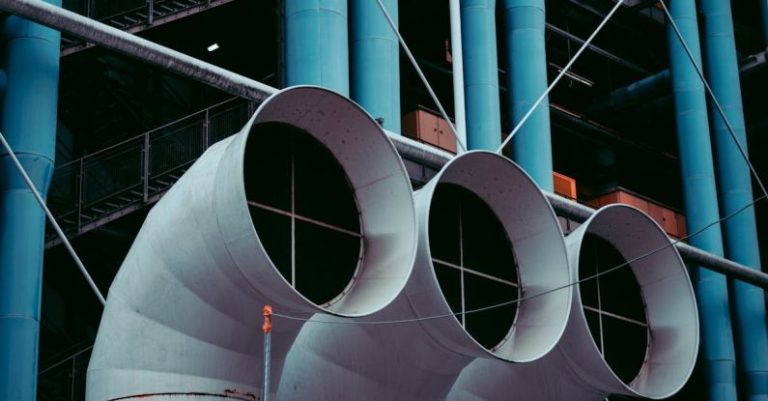Combating Corrosion in Construction with Composite Solutions
Corrosion is a persistent challenge in the construction industry, leading to structural deterioration, safety hazards, and costly repairs. Traditional materials like steel and concrete are susceptible to corrosion over time, especially in harsh environments. To combat this issue, the use of composite solutions has emerged as a game-changer in the construction sector. These advanced materials offer superior resistance to corrosion, extending the lifespan of structures and reducing maintenance costs significantly. In this article, we explore how composite solutions are revolutionizing the fight against corrosion in construction.
The Corrosion Menace in Construction
Corrosion is a natural process that occurs when metal is exposed to environmental factors such as moisture, oxygen, and chemicals. In the construction industry, this phenomenon poses a significant threat to the durability and safety of buildings and infrastructure. Steel structures, in particular, are highly vulnerable to corrosion, leading to structural weakening and potential failures. Concrete, while known for its durability, is also prone to corrosion when reinforcing steel within it begins to rust.
The Role of Composite Solutions
Composite materials, composed of two or more different constituents, offer a compelling alternative to traditional construction materials. These advanced materials combine the strength and durability of fibers such as carbon, glass, or aramid with a matrix material like epoxy resin. The resulting composite offers exceptional corrosion resistance, high strength-to-weight ratio, and design flexibility, making it an ideal choice for various construction applications.
Fiber-Reinforced Polymers (FRP) in Infrastructure
Fiber-reinforced polymers (FRP) have gained popularity in infrastructure projects due to their remarkable corrosion resistance properties. FRP composites can be used to strengthen and repair deteriorating structures, such as bridges, parking garages, and marine infrastructure. By applying FRP wraps or laminates to existing concrete or steel elements, the service life of these structures can be significantly extended without the need for costly replacements.
Composite Decking for Durability
Composite materials are also making waves in the decking industry, offering a low-maintenance and corrosion-resistant alternative to traditional wood or metal decks. Composite decking boards, typically made from a blend of recycled wood fibers and plastic, are impervious to rot, mold, and insect damage. With a wide range of colors and textures available, composite decking provides a durable and aesthetically pleasing solution for outdoor spaces.
Corrosion-Resistant Cladding Systems
Exterior cladding plays a crucial role in protecting buildings from corrosion and environmental degradation. Composite cladding systems offer superior resistance to moisture, UV radiation, and corrosive elements, ensuring long-term durability and aesthetics. By choosing composite cladding, building owners can minimize maintenance requirements and enhance the overall lifespan of their structures.
Composite Reinforcement for Concrete Structures
In the realm of concrete construction, composite reinforcement bars are gaining traction as a corrosion-resistant alternative to traditional steel rebars. These bars, typically made from carbon or glass fibers embedded in a polymer matrix, offer high tensile strength and durability without the risk of corrosion. By using composite reinforcement, concrete structures can withstand harsh environments and maintain their structural integrity over time.
Sustainable Composite Solutions
Beyond their corrosion resistance properties, composite materials also offer sustainability benefits in construction. Many composites use recycled or renewable fibers, reducing the environmental impact of construction projects. Additionally, the longevity and low maintenance requirements of composite structures contribute to overall sustainability by minimizing the need for frequent repairs and replacements.
Innovative Applications and Future Prospects
The versatility of composite solutions opens up a world of possibilities for innovative construction applications. From lightweight and corrosion-resistant building facades to earthquake-resistant structural elements, composites are reshaping the way we design and build structures. As research and development in composite materials continue to advance, the future looks promising for leveraging these materials in combating corrosion and enhancing the longevity of construction projects.
Embracing the Future with Composite Solutions
In conclusion, the integration of composite solutions in construction represents a paradigm shift in combating corrosion and improving the longevity of structures. By harnessing the unique properties of composite materials, builders and designers can create durable, sustainable, and aesthetically pleasing structures that resist the corrosive forces of nature. As the construction industry continues to evolve, embracing composite solutions will be key to building a resilient and long-lasting infrastructure for future generations.






